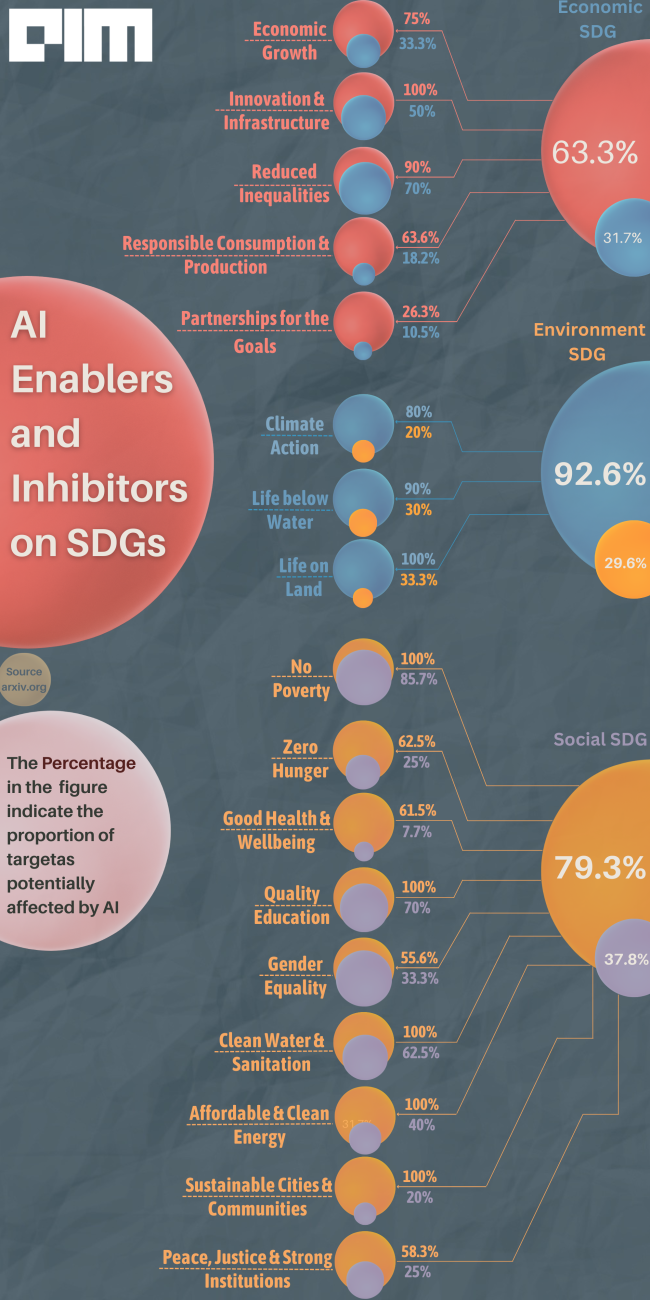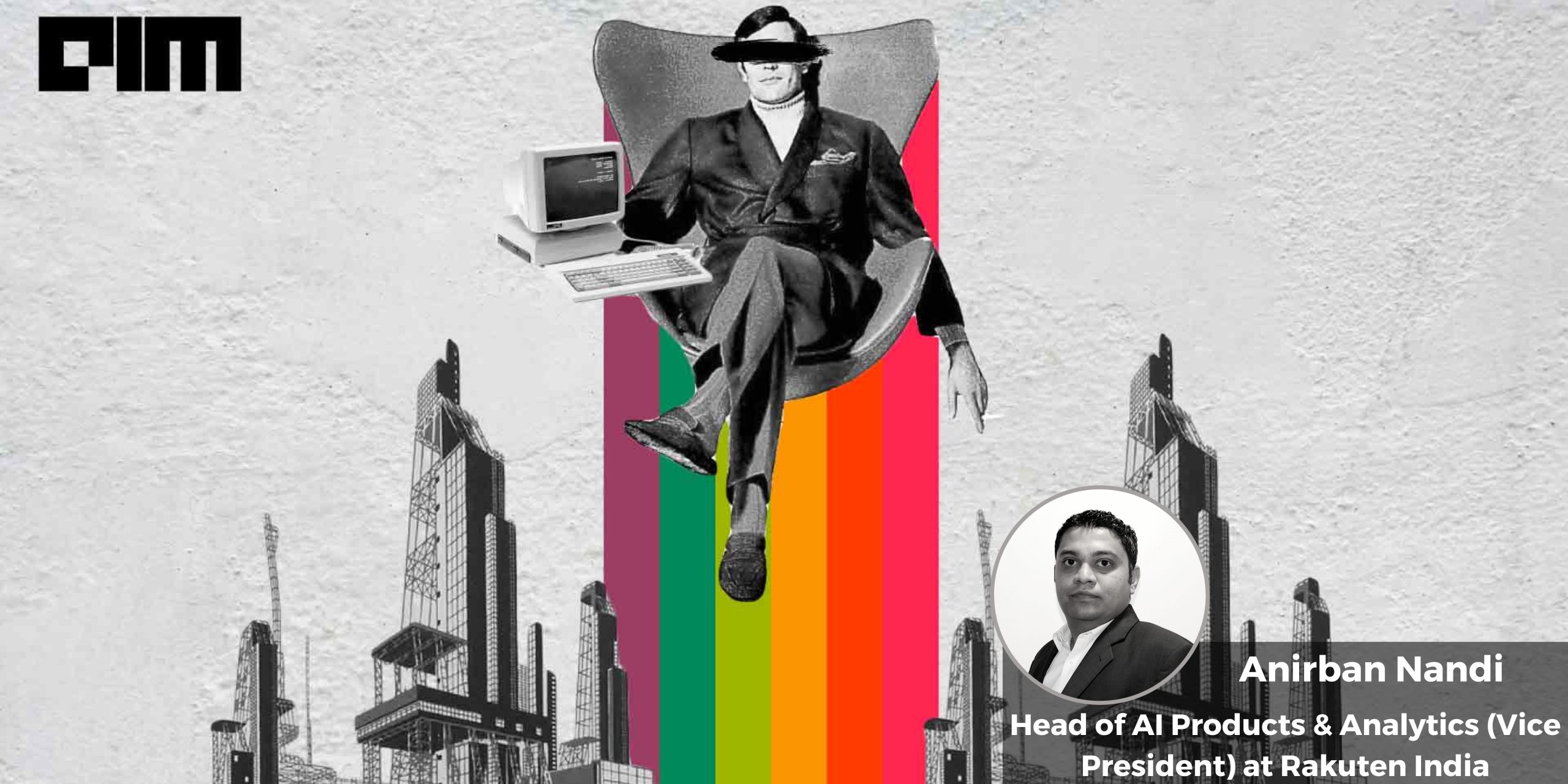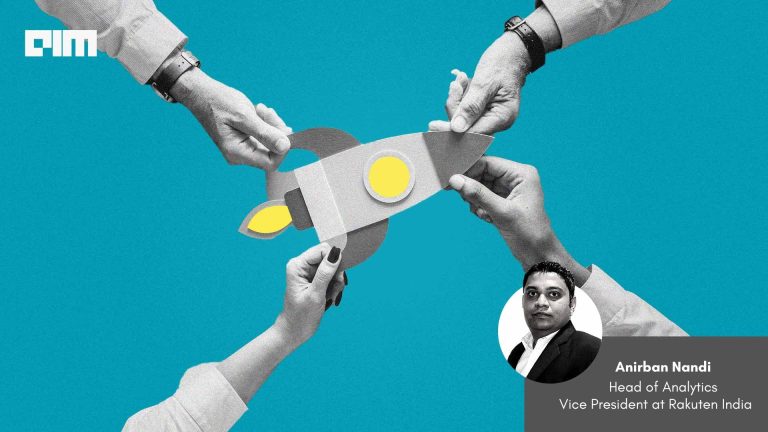|
Listen to this story
|
One of the rudimentary aspects of sustainable development is to be fair to the future generations by leaving a better, or if not a similar, resource foundation that we inherited. Though it is a global priority, its implementation is vulnerable to high costs. This begs the question whether the implementation of SDGs makes sense economically. The implementation of SDGs is a prime global concern with economic tools and sustainable finance choices. It is becoming crucial to reduce costs which are being carried out in the 2030 agenda by overcoming financial gaps for socioeconomic and environmental challenges.
The compulsion of achieving the target by 2030 implies that more attention needs to be placed on the high incurring costs of not pursuing them. According to the 2014 World Investment Report, between 2015 and 2030, it will take between USD$5 trillion and USD$7 trillion per year to achieve the SDGs globally. Of that amount, between USD$3.3 trillion and USD$4.5 trillion per year will go towards the needs of developing nations for infrastructure, food security, climate change policies, health care, and education. According to OECD, the policies and resources of OECD nations (such as taxation, investment, fees, and fund transfers) can significantly affect the availability of more sustainable finance. The governments of low-income developing countries will need significant growth in fiscal income and international cooperation to finance the costs needed to implement the SDGs, though, given that approximately 80% of global financial assets (USD$ 379 trillion) are kept in OECD countries.

Gross National Product has been the basic indicator to measure the aggregate value of the output in the economy but it has also been misleading. For example, the costs that citizens incur to prevent pollution is counted as a contribution to GNP. The environmental damage is not recorded as they do not have a market based on the presumption that they do not have an economic value. These modifications are complex and costly.
Sustainable Development Goals (SDGs) provide precise, measurable targets that are in line with national development aspirations and strategies. However, with more than 230 SDG indicators—many of which require disaggregation by location, sex, gender, age, income, and other pertinent aspects—gathering the requisite detailed data to monitor all SDGs and targets is no simple task for national statistical systems (NSS).
The 2030 agenda developed action-oriented goals to achieve the SDGs and is designed to balance three dimensions of development—social, economic and environmental.
This article will focus on the economic aspects of the SDGs and how data and ML can help in achieving the goals.
Data and machine learning enhance one’s efforts to increase productivity. From smart security algorithms that can track offenders and possible invaders to smart agriculture technologies that provide farmers with credible information on what, when, and how to plant. However, if the current trajectory remains and the market for the future relies primarily on data-related businesses, the income gap is likely to become substantially wider, especially in low- and middle-income nations where there are few resources available to improve human capital.
No poverty
Using Satellite imagery with economic variables helps target poverty. The economic variables can be unreliable owing to weak infrastructure and lack of thoroughness in gathering data. The lack of quality data can hinder development and economic growth. Researchers are able to pinpoint geographic areas of poverty using live satellite imagery by classifying abundant nighttime light as a sign of wealth. AI/ML systems can accurately predict areas of poverty by including economic data together with the geospatial data gathered as input. Through more exact administration of products and services—which lowers costs and assists more people—this level of accuracy can significantly impact economic aid. Additionally, education can be better supervised and directed.
Quality Education
Can we envision intelligent chatbots taking the place of teachers in underprivileged communities? AI/ML systems of structured educational level have developments based on repeated skills assessments, powered by mobile trucks with classrooms for instructions. As long as there is access to computers, internet, and maybe satellite communication networks, AI-teachers can instruct students in accordance with a predetermined curriculum. Reduced labour costs, removal of the financial barrier of tuition fees, and straightforward access to a plethora of data in an organised manner all contribute to the elimination of educational inequality. The playing field in education can be levelled by creating customised learning environments that are conducive to the needs of the individual learner.
Target towards Zero hunger
Through the use of AI/ML and robots like drones, Carnegie Mellon University’s project ‘FarmView’ is studying the expansion of Sorghum and other important food crops in developing third-world nations. Sorghum is used to produce biofuels as well as a food source. It ranks as the fifth-most significant protein-enriched cereal crop in the world and is genetically hardy, even when planted and produced in less than optimal conditions because of its 42,000+ different varieties. Drones collect data, which is then evaluated to determine the best planting and harvesting methods. A complete plant breeding and crop management system is expected to use AI/ML sensors to expedite the growth cycle of a “drought and heat-tolerant grain” planted in “famine-stricken” areas, thereby improving the region’s primary source of food production and income.
Peace, Justice and Security
In a variety of ways, AI can assist in resolving today’s problems in the areas of security, justice, and peace. AI in the justice system has already raised the standard and accessibility of justice. For example, virtual assistants at courts can assist in providing common responses in a variety of languages thereby enabling many people to access fundamental legal information. AI-powered threat analysis in real-time can enhance security both offline and online. Examples of this include crime analytics software that can be used to predict crimes so that the law enforcement can focus its resources wherever most needed.
Reducing inequalities
The Sustainable Development Goals cannot be achieved without reducing inequality and ensuring that all countries and citizens—regardless of race, age, gender, sexual orientation, disability, and other identifying categories—have equal access to global resources and opportunities. Code towards inclusion. Artificial intelligences are like blank pages. If we can overcome our biases, we can teach them to avoid them as well. We can “decode” discriminations and develop so as to include the choice of algorithm or of the predictor variables to be taken into account.
Gender equality
Open data analysis can show where the health and education systems fail to adequately serve women and girls. To create indicators of gender gaps in various domains, national statistics organisations’ census, education, and health data might be employed. Additionally, women and girls can access resources for sexual and maternal health with the help of open data on healthcare institutions and public health information. Numerous initiatives that support expecting mothers and new mothers now use publicly accessible health data to reduce infant and maternal death rates.
Around 80% of the Sustainable Development Goals are likely to be achieved with AI’s help (SDGs). As a result, the combination of machine learning and a sustainability strategy will provide us with the most desirable results and ultimately lead to a greener future. In the future, it will be possible to employ machine learning models in numerous SDG targets and indicators. Prior to beginning and implementing the ML idea, it is advised that creative policies are necessary to confirm that the impact of new technologies is playing a crucial role in the effectiveness, ethics, and sustainability of global goals. Technology and innovation must be viewed as crucial components to achieving the 17 Sustainable Development Goals by 2030 in a true and transparent manner, if everyone is pursuing a future of peace, respect, and opportunity.
This article is written by a member of the AIM Leaders Council. AIM Leaders Council is an invitation-only forum of senior executives in the Data Science and Analytics industry. To check if you are eligible for a membership, please fill the form here.













































































